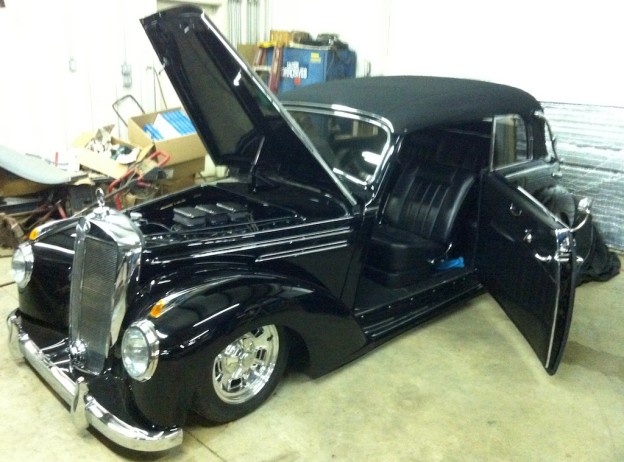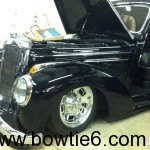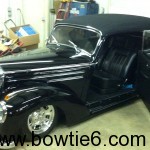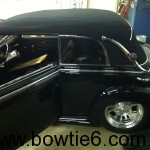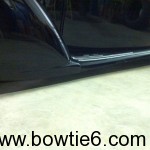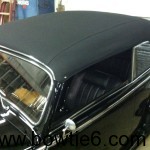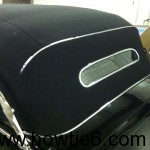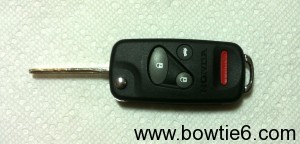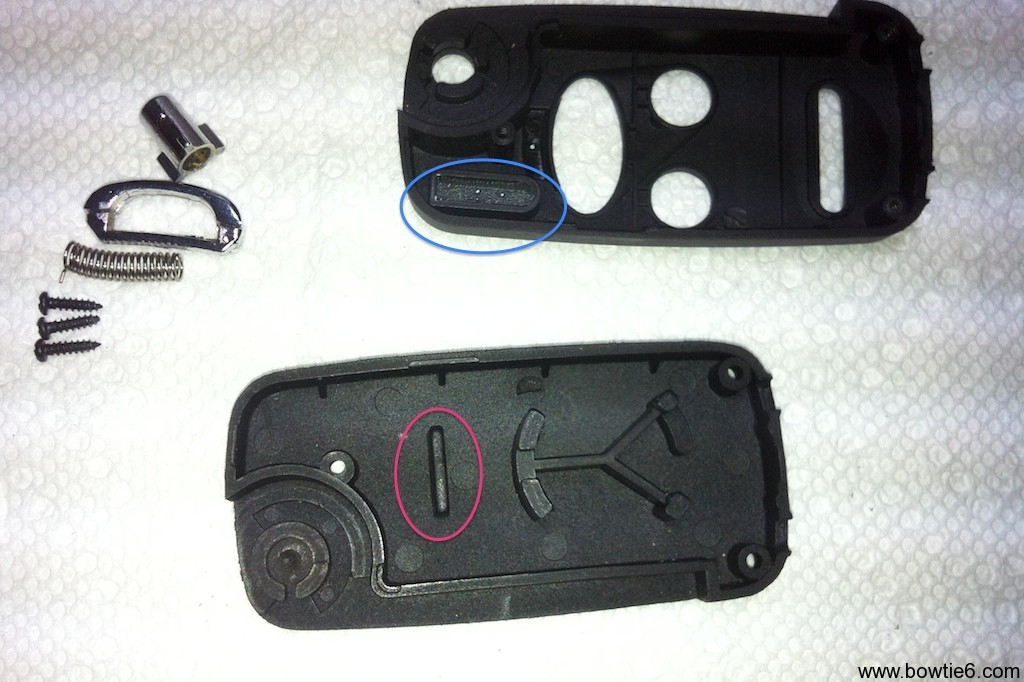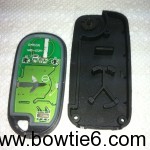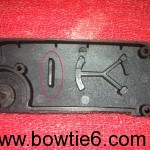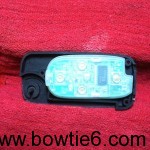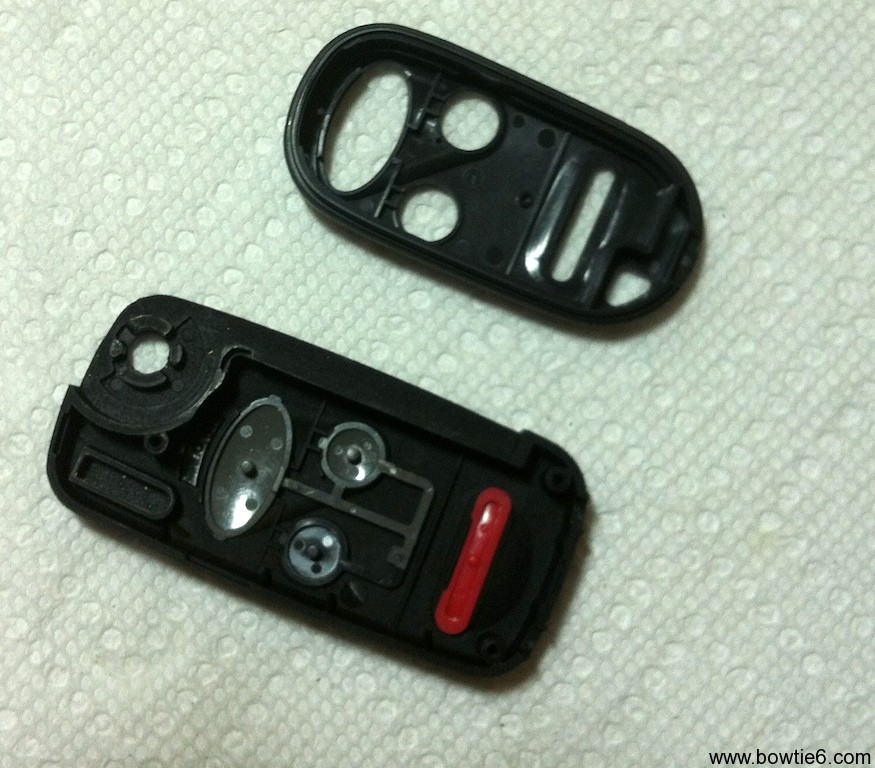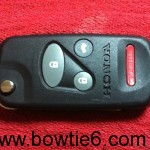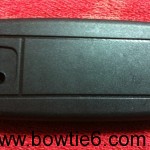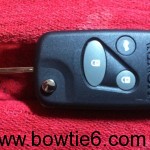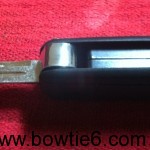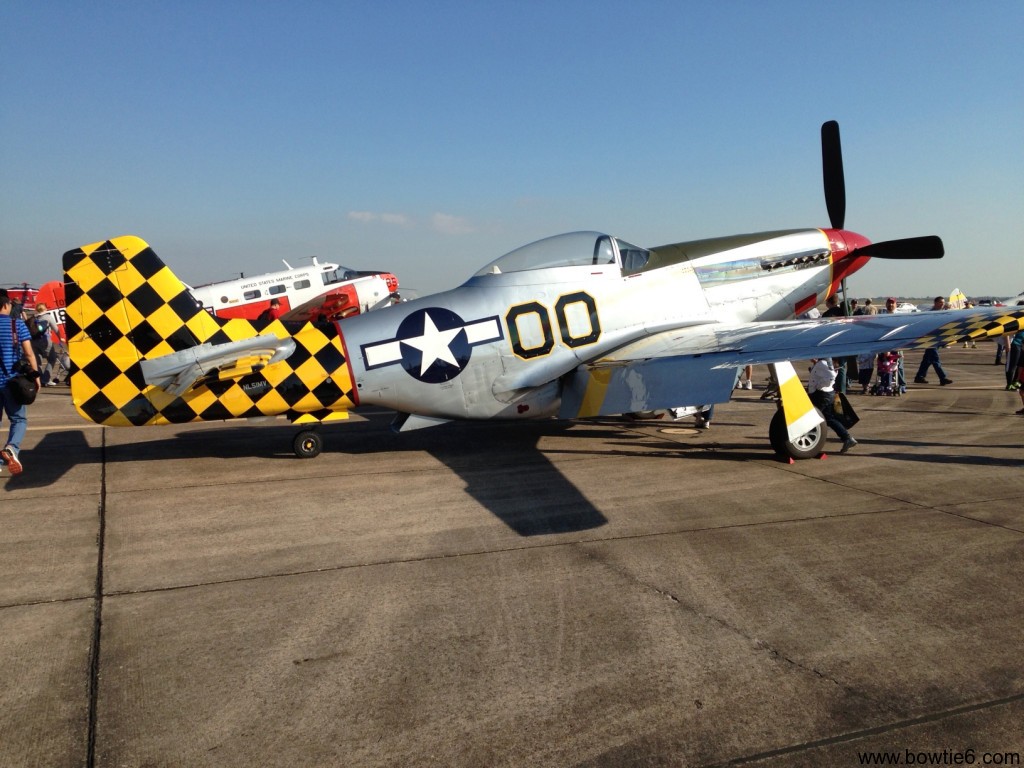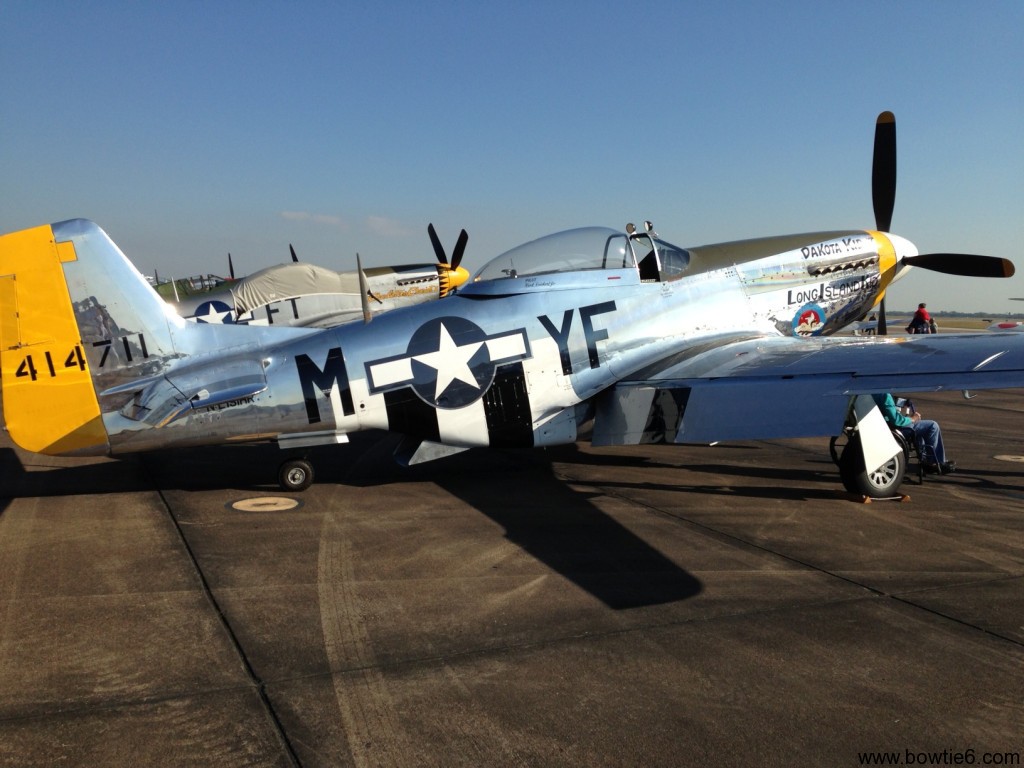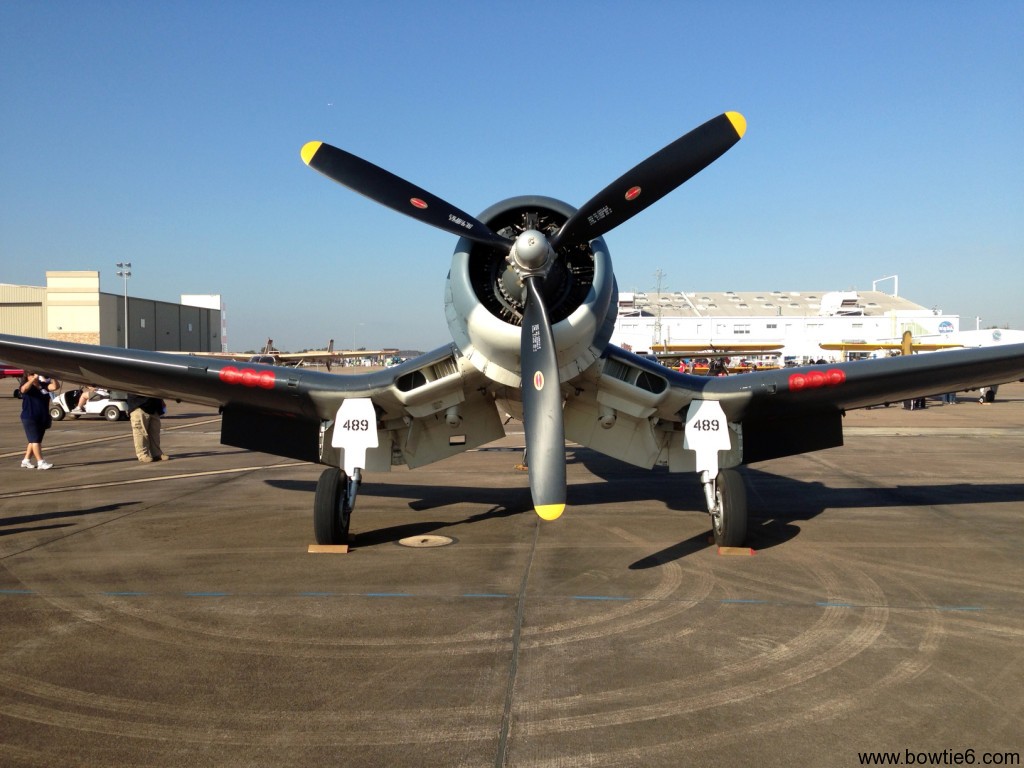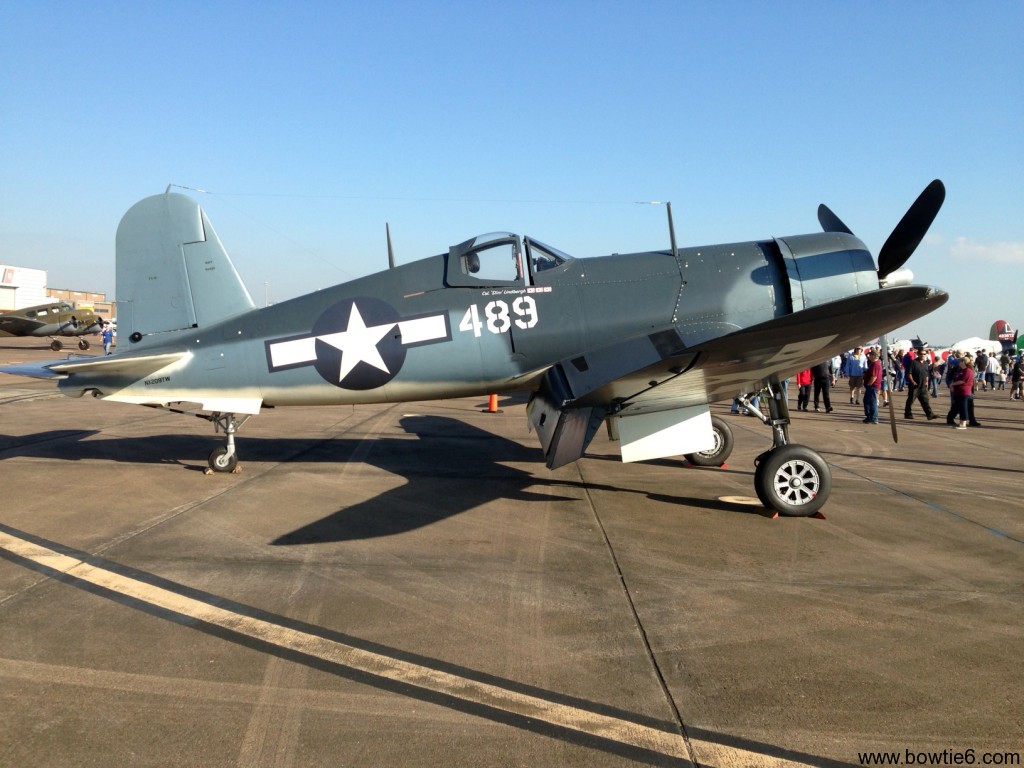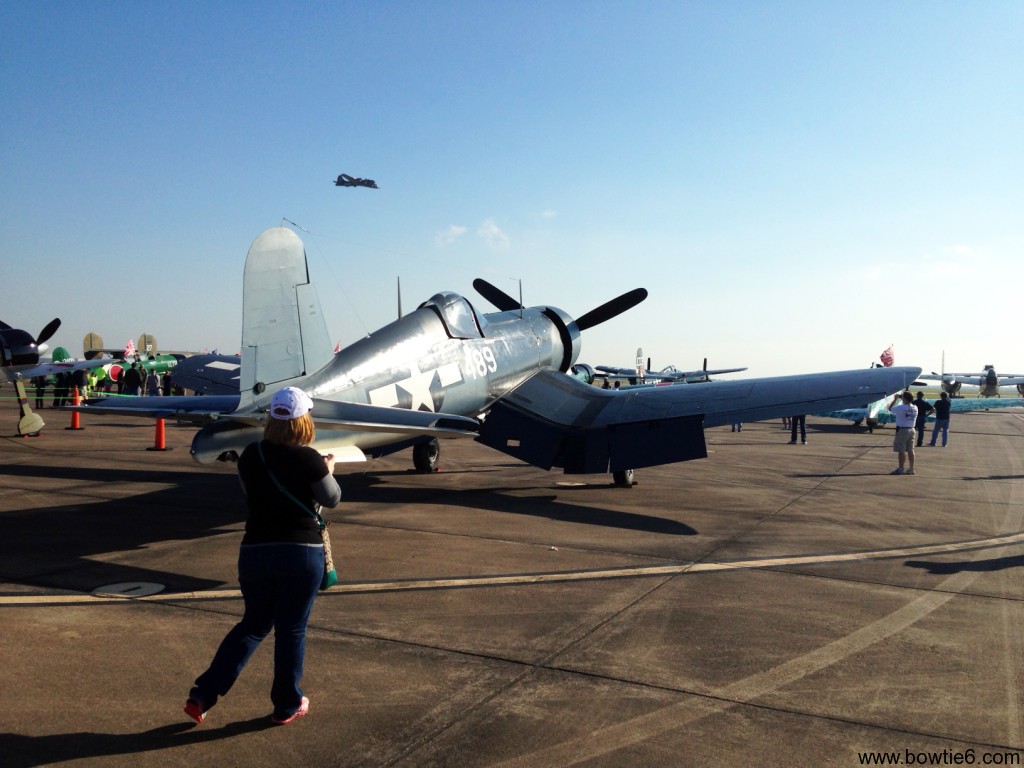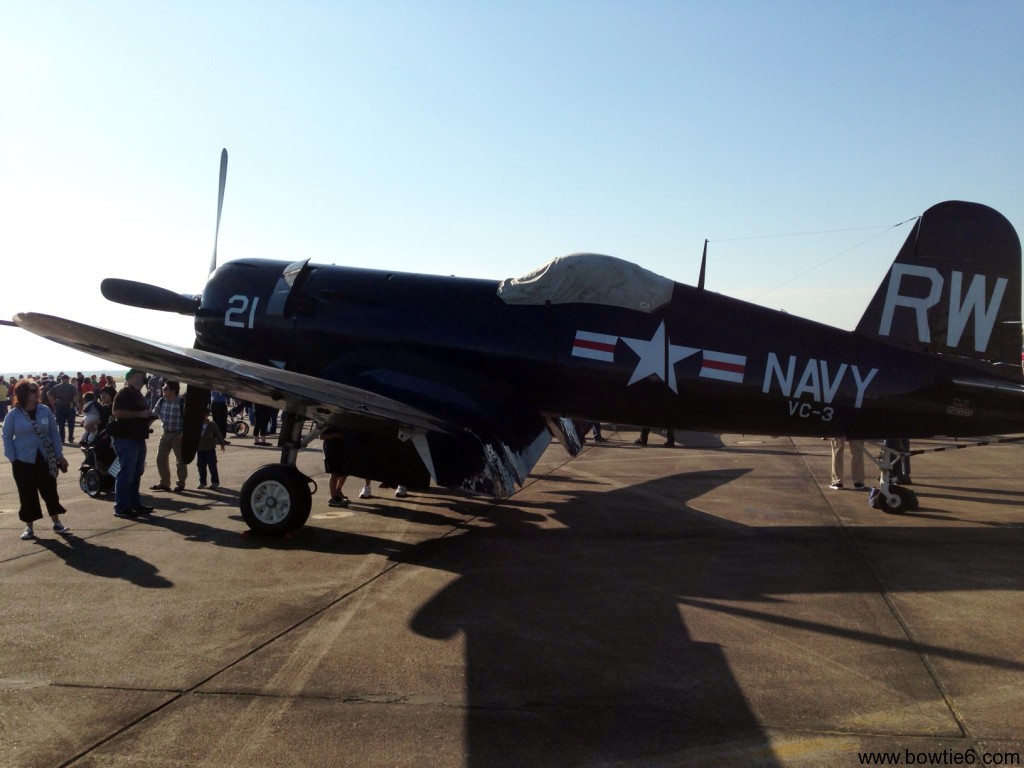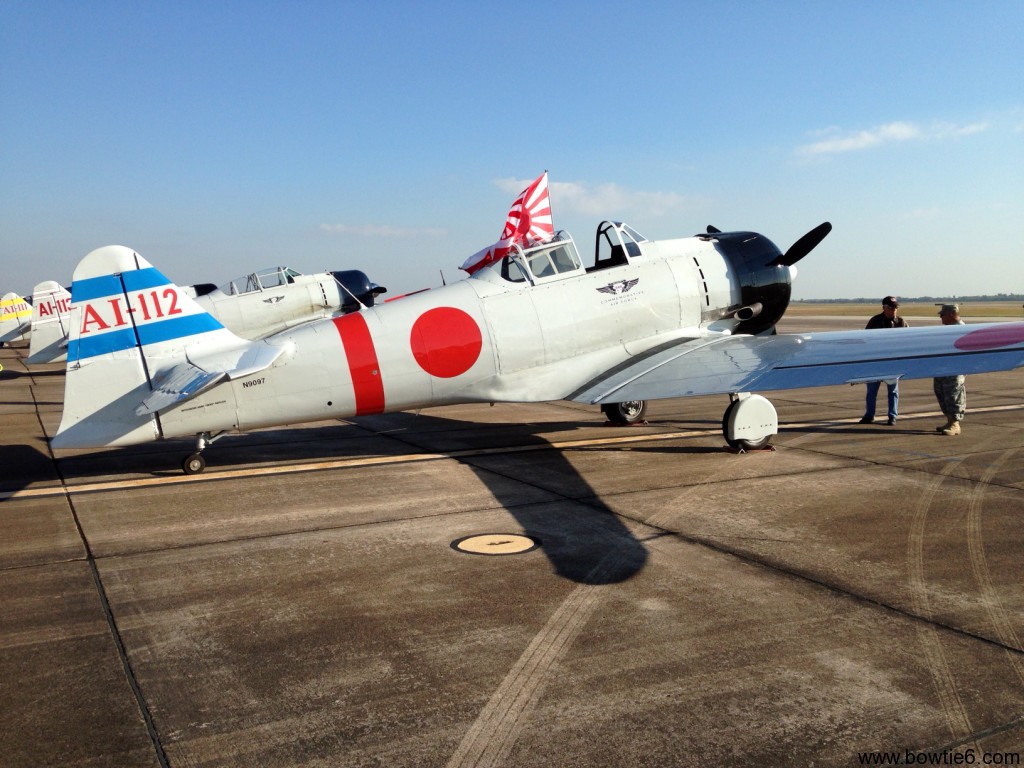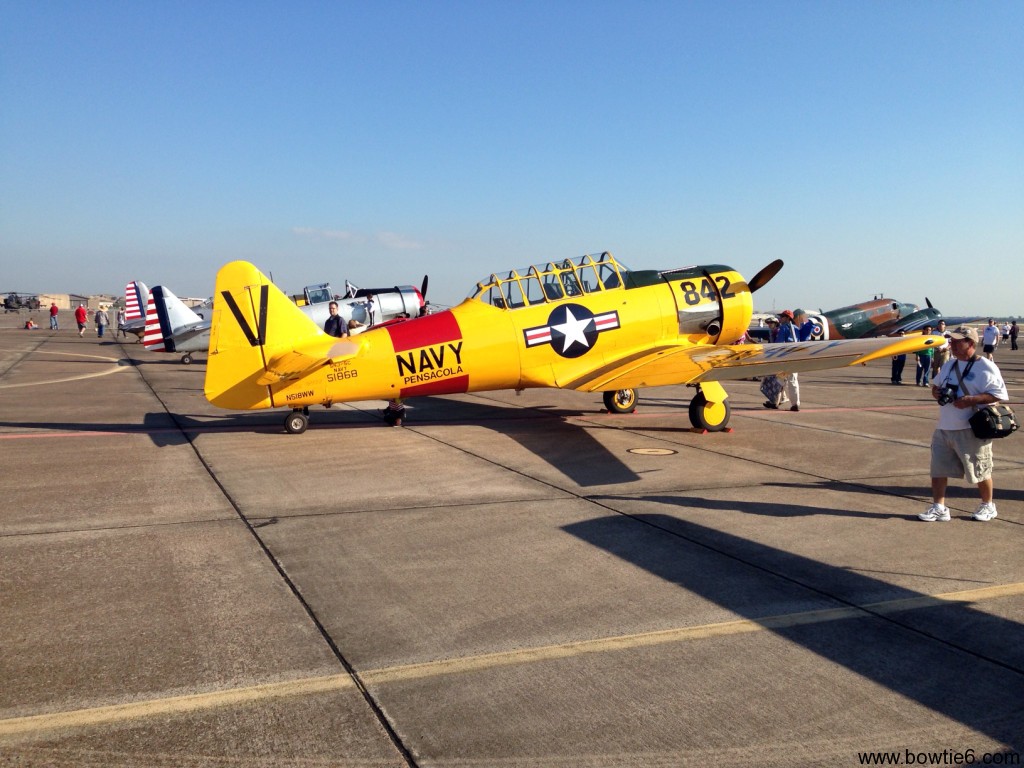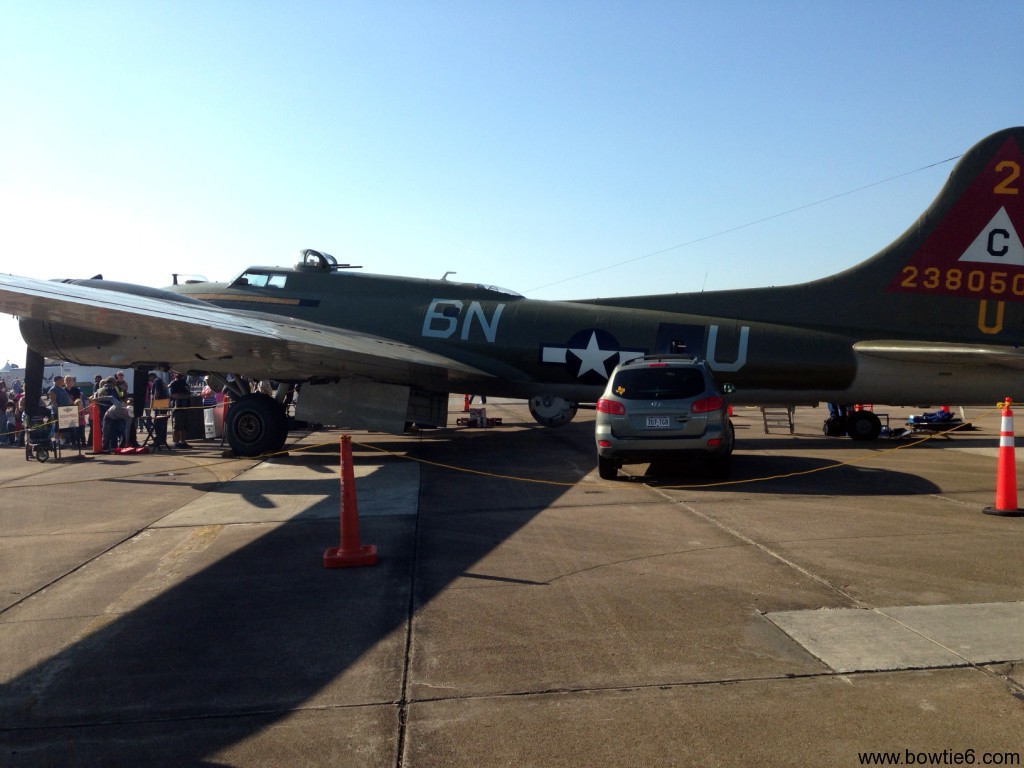This weekend I visited my friend Cator’s fabrication shop where he keeps his 1952 Mercedes-Benz 220 Cabriolet. We were done working on one of his other hot rods trying to wire up a Hemi with fuel injection when I asked to uncover the Merc and take a few pictures
According to Cator, these are very rare cars to begin with – only about 1200 of these two door, two-seater, convertibles were sold. Cator went through great lengths to make this awesome ride a reality and boy does it pack some serious heat! Given it’s rarity, I am sure many folks reading this post will have something to say since this car is far from stock. Then again just like me, Cator built this car for his personal use and enjoyment.
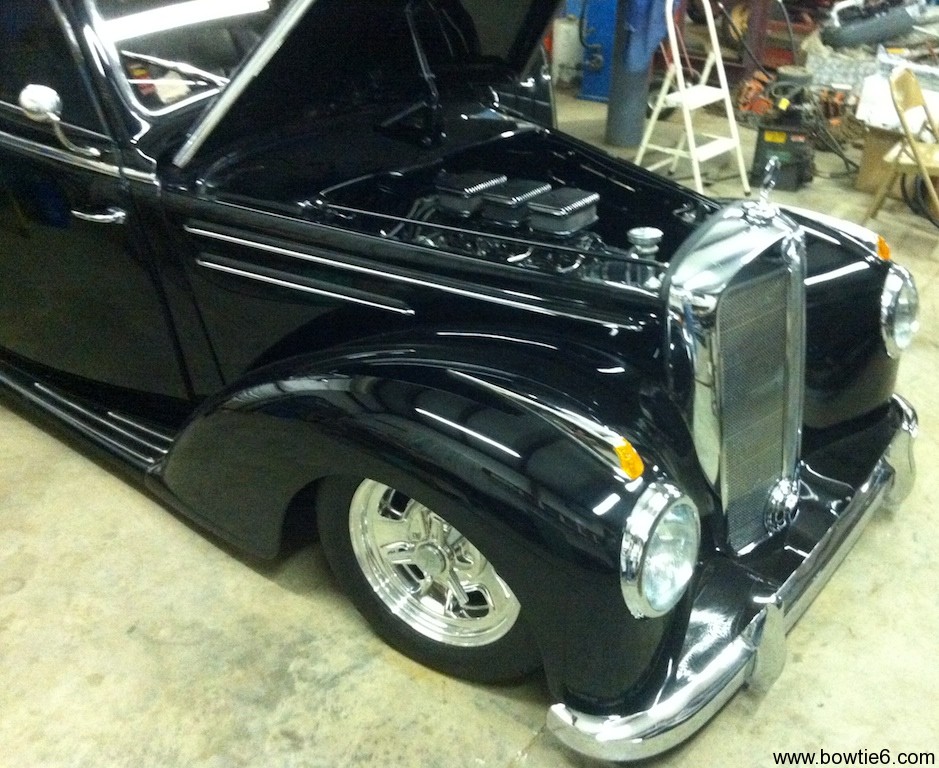
The black paint is flawless and shows the amount of work that went in the bodywork to make it look this smooth…
Yes, this 1952 Mercedes-Benz 220 Cabriolet is powered by a seriously hot Chevy 350 with triple carburetors. Cator built this car before we had a chance to convert him to fuel injection! That is why his current hot rod will be powered by that late-model fuel injected Hemi. But I digress…
The grill and bumpers are all original to the car. There is some serious bling going on here!

My iPhone did not do this amount of chrome justice – the smooth black firewall and all that chrome is stunning…
The engine is mated to a GM transmission and this runs to a 9″ Ford rear end with a solid axle.
- Air ride suspension…
- Suicide doors…
- Fully operational canvas top…
- Special trick Mercedes star…
- In the weeds…
- Fully lined canvas top…
- Rear of the top…
This Merc is fully decked out with an air ride suspension. Check out how low to the ground it can be lowered! It is also equipped with a nice AC system that blows very cold air! The interior is outfitted with plenty of leather. And, the canvas top is fully lined – the top’s frame is completely hidden from view and according to Cator, makes the ride very quiet.
I need to get Cator to bring this bad boy to Cars & Coffee. I’ll have another set of pictures soon…

